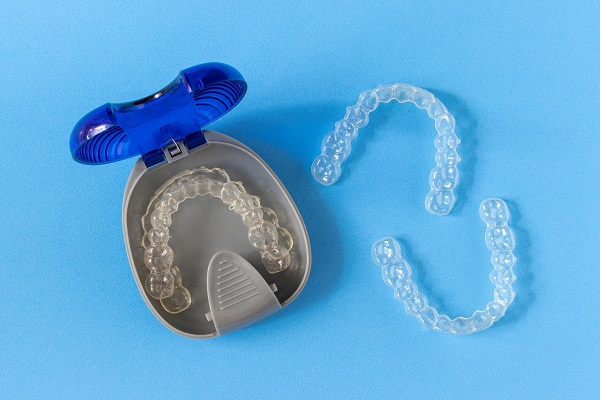 Orthodontics help straighten improperly aligned teeth. Teeth alignment problems can ruin the appearance of your smile and leave your teeth more vulnerable to issues like tooth decay and gum disease.
Orthodontics help straighten improperly aligned teeth. Teeth alignment problems can ruin the appearance of your smile and leave your teeth more vulnerable to issues like tooth decay and gum disease.
Orthodontics uses devices like braces and clear aligners to improve the alignment of teeth by gradually pushing them to better positions over time. Common teeth alignment issues that dentists fix include: Overjets, overbites, crossbites, underbites and crooked teeth.
Understanding when you need orthodontics
Treating orthodontic issues with oral appliances can take up to 36 months. Patients around the ages of 9 to 14 tend to have the shortest treatment times because their jaws and facial structures are still developing.
The signs that a person has teeth alignment issues that need to be corrected with an orthodontic appliance include:
- Noticeably crowded or crooked teeth
- Difficulty brushing and flossing due to misaligned teeth
- Teeth not coming together properly when the mouth is closed
- Regularly biting on the tongue due to the poor positioning of teeth
- The inability to pronounce certain words due to the tongue and teeth not being properly positioned in relation to each other
- Clicking and popping sounds coming from the jaw when chewing
- Sore jawline after chewing
Teeth alignment issues often start early in life, but children typically do not notice such things. It is up to parents to look for signs that their children have teeth alignment issues, such as:
- Breathing with the mouth
- Clicking or other sounds coming from the child’s jaw
- Frequent damage to soft tissues in the mouth
- Thumb sucking past the age of 2
- Late or early loss of baby teeth
- Teeth not coming together properly
- Visibly misaligned teeth
Treatment options
Misaligned teeth often lead to other problems, like gum disease, when left untreated. Fortunately, there are a few options to choose from when it comes to treatment.
1. Braces
Braces were the standard for orthodontic treatments for over a century, and they are still extremely effective at improving teeth alignment issues. The main components of braces are metal brackets cemented to each of the patient’s teeth and wires that connect the brackets on each arch of the jaw.
Braces are fixed appliances, so they stay in for the duration of the patient’s treatment. They can be used to treat a wider range of alignment issues than any of the alternatives.
2. Clear aligners
These are transparent trays that fit tightly over teeth. They work just like braces, gradually pushing the patient’s teeth to better alignment over time. Clear aligners are removable devices, which makes them a more convenient option than braces. They allow the wearer to eat and clean their mouth the same way that they have always done.
Straighten your smile
Orthodontic treatments can get you a better smile and protect your teeth from tooth decay, gum disease, and damage. Call or visit our Troy clinic to set up an appointment with our dentist.
Request an appointment or call Thanasas Family Dental Care at 248-260-2878 for an appointment in our Troy office.
Recent Posts
In recent years, clear aligners have become more popular due to their benefits. Many people choose aligners because they are comfortable and removable. Others also appreciate that aligners offer a discreet way to straighten teeth. The appliances can effectively move your teeth into a more aesthetically pleasing position. Read on to find out more about…
There are many advantages of using clear aligners, but some patients might mistakenly believe these are hard to care for. Not caring for them correctly might result in embarrassment about the mouth. It could happen when the bacteria buildup or the aligners become discolored. The good news is there is no need for shame during…
It takes dedication to wear clear aligners often enough, but patients need to know what to do afterward. However, without the right after-treatment care, the teeth might begin to shift. That undoes the work of the clear aligners. That means the patient will need to have a retainer after the aligners come off.A retainer can…


